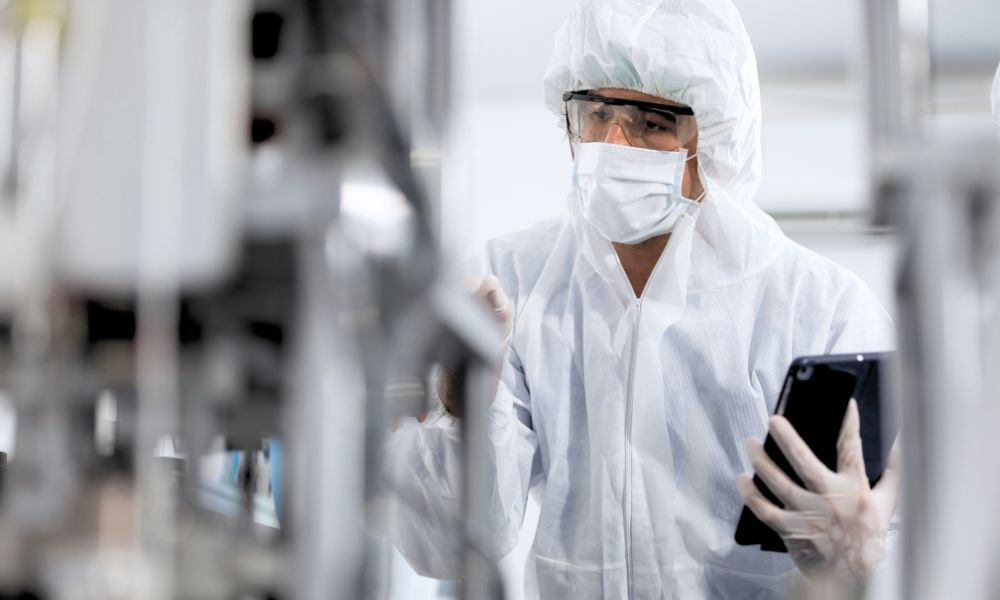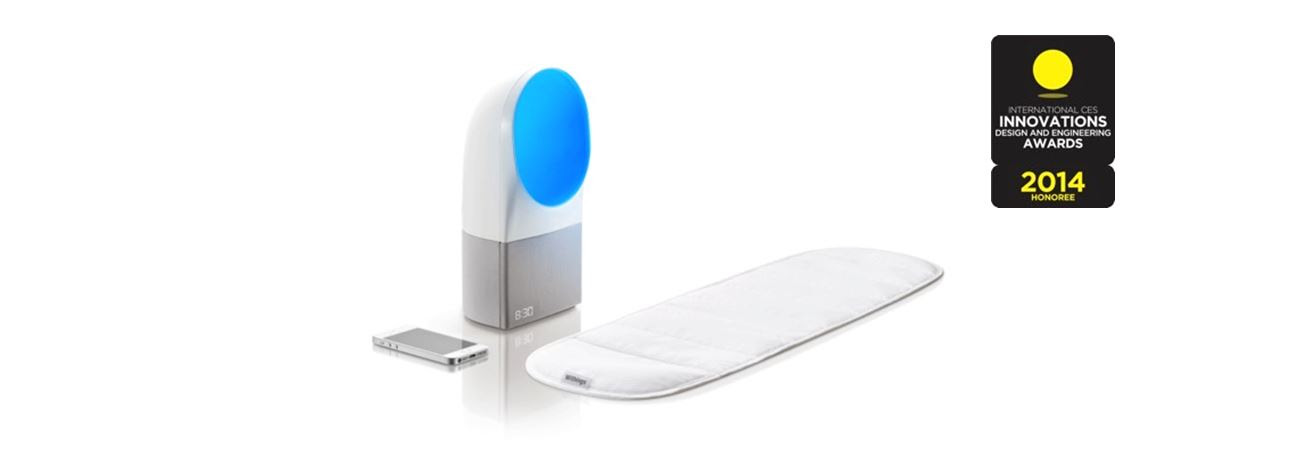How Medical Device Validation Ensures Patient Safety

Medical device validation is one of the most important steps in guaranteeing patient safety in healthcare. This process helps make sure that all medical products released into the market meet mission-critical requirements within a regulated environment. Take a closer look at how medical device validation ensures patient safety.
It Helps Assess Potential Risks
One of the first things to know about medical device validation is that it plays a pivotal role in assessing and identifying potential risks associated with medical device designs. This essential process ensures that innovative devices meet regulatory requirements and patient safety guidelines before being introduced to the market. Healthcare providers can proactively mitigate risks and protect patients from harm by identifying potential safety concerns with devices early on. These steps enforce the quality and safety of medical devices and instill confidence in patients and healthcare providers. Overall, medical device validation is a critical tool in developing and deploying safe, effective medical technology.
It Helps Improve Device Designs
By identifying and assessing potential risks, medical device validation can help improve device designs to make them safer. Doing so increases the quality and effectiveness of medical device designs. Validation helps to identify design flaws, weaknesses, and areas for improvement, allowing manufacturers to make necessary adjustments that ensure optimal levels of safety and performance. Thanks to this process, healthcare professionals can rely on medical devices designed to maximize patient safety, protect patient privacy, and meet the highest standards of quality and reliability. Ultimately, medical device validation is a crucial mechanism for continuously improving the design and safety of medical devices.
It Ensures Devices are Safe for Use
Medical device validation not only identifies potential risks associated with design but also tests each device’s performance. This essential process ensures an innovative device is functional and safe for its intended purpose. This quality control procedure involves a series of tests and checks to investigate a device’s viability and compliance with regulatory standards. By conducting these thorough assessments, medical professionals can identify and eliminate any part of the device that may endanger patients’ health. It’s important to know that without proper validation, medical devices may pose a significant health risk, such as infections or illnesses. However, with validation handled professionally, healthcare providers can be confident that they are using devices thoroughly tested and proven safe for use.
Now that you know how medical device validation protects patients, you can better understand how important this process is to the healthcare industry. Without the proper testing and validation methods, patients would be at a higher risk of illness and infection.





